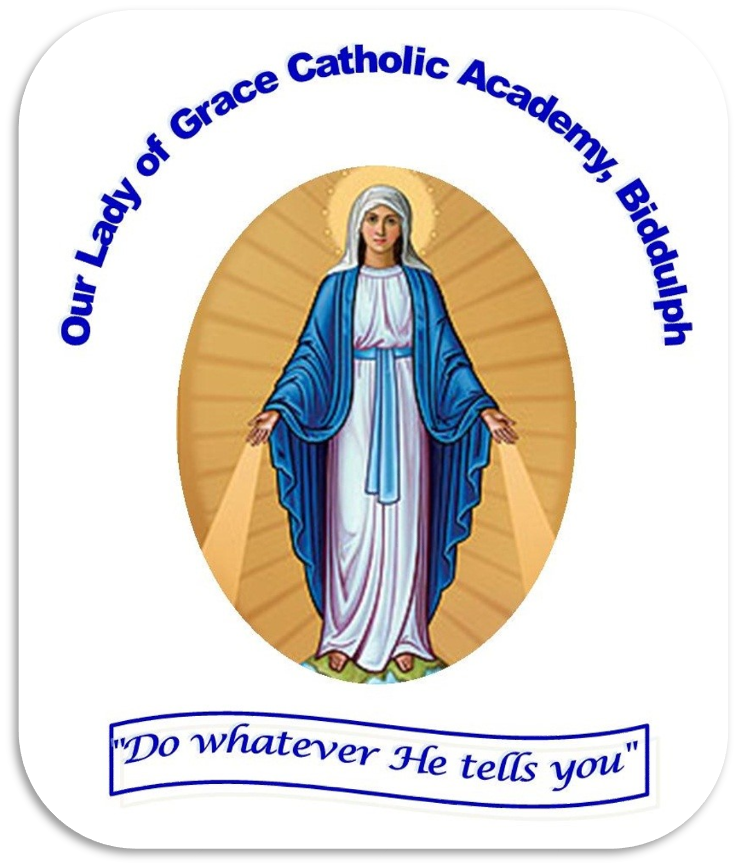- About Us
- Key Information
- Curriculum at Our Lady of Grace
- Science
- Progression in Science
- Working Scientifically
Working Scientifically
|
WORKING SCIENTIFICALLY |
||||||
|
Progression in Scientific knowledge, concepts & skills |
Year 1 |
Year 2 |
Year 3 |
Year 4 |
Year 5 |
Year 6 |
|
(Additional guidance per year group below)
|
Know how to ask simple scientific questions
Know how to use simple equipment to make observations
Know how to carry out simple tests
Know how to identify and classify things
Know how to explain to others what I have found out
Know how to use simple data to answer questions
|
Know how to ask relevant Scientific questions
Know how to use observations and knowledge to answer scientific questions
Know how to set up a simple enquiry to explore a scientific question
Know how to set up a test to compare two things
Know how to set up a fair test and explain why it is fair
Make careful and accurate observations, including the use of standard units
Know how to use equipment, including thermometers and data loggers to make measurements Gather, record, classify and present data in different ways to answer scientific questions
Know how to use diagrams, keys, bar charts and tables; using scientific language
Know how to use findings of a report in different ways, including oral and written explanations, presentations.
Know how to draw conclusions and suggest improvements
Know how to make a prediction with a reason
Know how to identify differences, similarities and changes related to an enquiry
|
Know how to plan different types of scientific enquiry
Know how to control variables in an experiment
Know how to measure accurately and precisely using a range of equipment
Know how to record data and results using scientific diagrams and labels, classification keys, tables, scatter graphs, bar and line graphs
Know how to use the outcome of test results to make predictions and set up further comparative and fair tests
Know how to report findings from enquiries in a range of ways
Know how to explain a conclusion from an enquiry Know how to explain causal relationships in an enquiry
Know how to relate the outcome of an enquiry to scientific knowledge in order to state whether evidence supports or refutes and argument or theory
Read, spell and pronounce scientific vocabulary accurately |
|||
|
Year 1 |
|
Working Scientifically |
|
|
|
|
|
Year 2 |
|
Working Scientifically |
|
|
|
|
|
|
|
|
Year 3 |
|
|
Working Scientifically |
|
|
|
|
|
|
|
|
|
|
|
|
|
|
|
|
|
|
|
|
|
|
|
|
Year 4 |
|
|
Working Scientifically |
|
|
|
|
|
|
|
|
|
|
|
|
|
|
|
|
|
|
|
|
|
|
Year 5 |
|
|
Working Scientifically |
|
|
|
|
|
|
|
|
|
|
|
|
|
|
|
|
|
|
|
|
Year 6 |
|
|
Working Scientifically |
|
|
|
|
|
|
|
|
|
|
|
|
|
|
|
|
|
|
|
